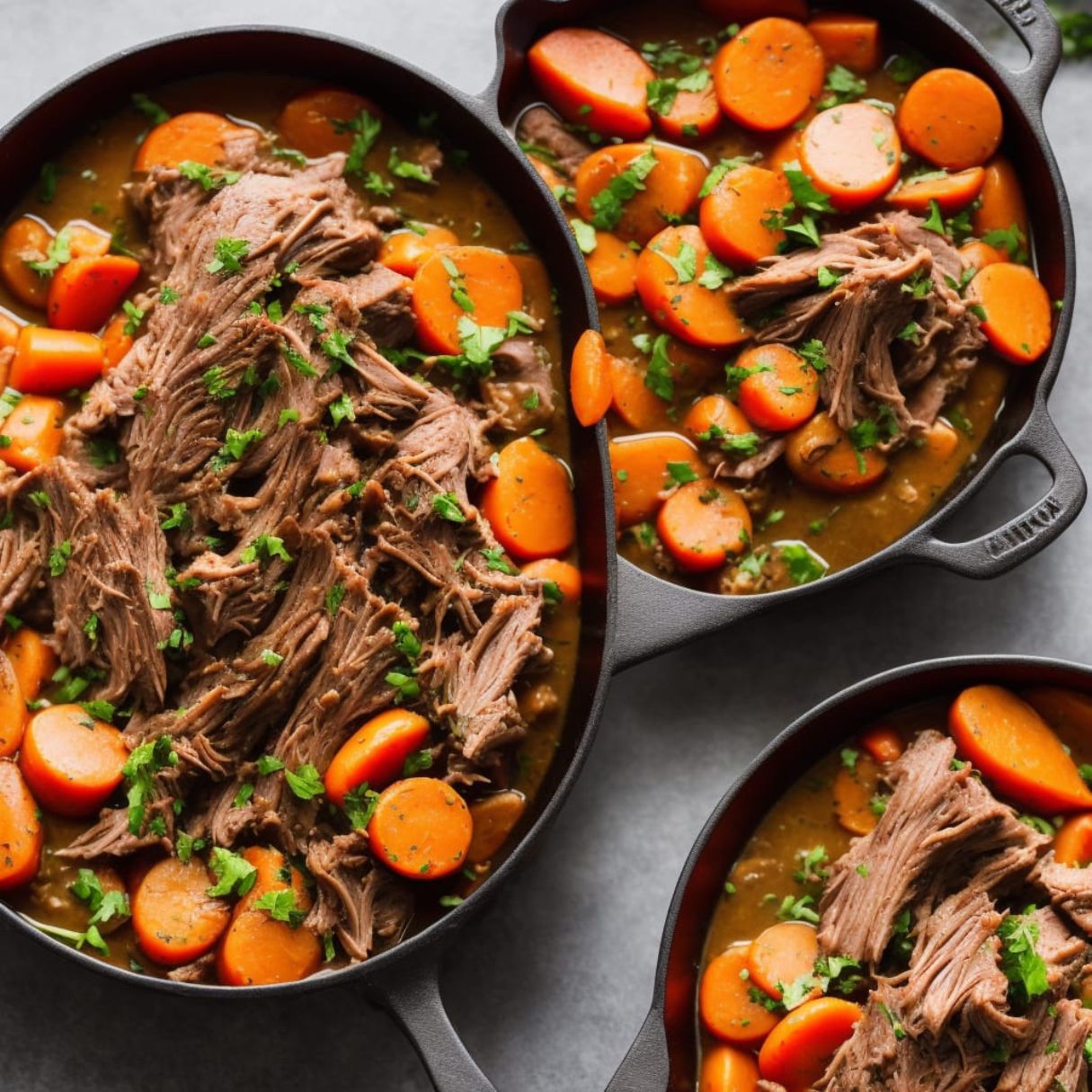

Articles
How To Cook Beef Roast On Stove Top
Modified: January 5, 2024
Learn how to cook a flavorful and juicy beef roast on the stove top with these easy-to-follow articles. Perfect for any occasion and bound to impress your guests!
(Many of the links in this article redirect to a specific reviewed product. Your purchase of these products through affiliate links helps to generate commission for Storables.com, at no extra cost. Learn more)
Introduction
Welcome to our guide on how to cook a delicious beef roast right on your stove top! Whether you’re looking to prepare a cozy family dinner or impress your guests with a mouth-watering dish, cooking a beef roast on the stove top is a fantastic option. Not only does it result in a succulent and tender roast, but it also fills your kitchen with an irresistible aroma.
While roasting beef in the oven is a popular choice, cooking it on the stove top offers several advantages. It allows for better control of the cooking process, ensuring even heat distribution and quicker cooking times. Plus, it saves energy and keeps your kitchen from getting too heated, especially during hot summer months.
In this comprehensive guide, we’ll walk you through the step-by-step process of choosing the right beef roast, preparing it, seasoning it to perfection, cooking it on the stove top, and checking its internal temperature to ensure a safe and perfectly cooked result. We’ll also share some helpful tips and variations to help you customize the recipe and make it your own.
So, grab your chef’s apron, sharpen your culinary skills, and let’s dive in to create a delectable beef roast that will leave everyone at the table asking for seconds!
Key Takeaways:
- Elevate your cooking game by mastering the art of preparing a succulent beef roast on your stove top. Choose the right cut, season it to perfection, and savor the mouth-watering results with your favorite sides!
- Transform your stove top beef roast into a culinary masterpiece with creative variations like herb crusts, wine-infused sauces, and slow cooker adaptations. Impress your guests and savor the delicious leftovers in versatile recipes.
Read more: How To Make Shredded Beef On Stove Top
Choosing the Right Beef Roast
When it comes to cooking a beef roast on the stove top, choosing the right cut of beef is essential. The right cut will not only affect the flavor but also determine the tenderness and texture of the final dish. Here are some popular beef roast cuts that work well for stove top cooking:
- Chuck Roast: This cut comes from the shoulder area of the cow and is known for its rich flavor and marbling. It’s a budget-friendly option and perfect for slow cooking on the stove top.
- Rump Roast: Cut from the hindquarters, the rump roast is lean and ideal for stove top cooking. It has a firm texture and a slightly leaner taste compared to other cuts.
- Sirloin Tip Roast: Derived from the sirloin region, this roast has a tender texture and a delightful beefy flavor. It’s leaner than other cuts, making it a healthier option.
- Top Round Roast: Also known as inside round, this cut is lean and works well for stove top cooking. It has a mild flavor and tender texture.
When selecting your beef roast, look for cuts that have a nice marbling of fat throughout the meat. The fat helps keep the roast moist and adds flavor. Additionally, choose roasts that are well-trimmed with minimal excess fat, as this can lead to excessive smoke and splattering during cooking.
The size of the roast is also an important consideration. A 3-4 pound roast is a good size for stove top cooking, as it ensures even cooking and allows for a manageable cooking time. If you have a larger roast, consider cutting it into smaller pieces for easier cooking and better heat distribution.
Now that you’ve chosen the perfect beef roast, it’s time to move on to the next step: preparing it for cooking.
Preparing the Beef Roast
Before you begin cooking your beef roast on the stove top, it’s important to properly prepare it to ensure a delicious and tender result.
Start by removing the roast from its packaging and patting it dry with paper towels. This helps to remove any excess moisture on the surface, allowing the roast to sear properly.
If desired, you can trim any large pieces of fat from the roast. While fat adds flavor and moisture, some cooks prefer to reduce the amount of visible fat for personal preference or dietary reasons. However, it’s important to leave a thin layer of fat intact to enhance the richness and succulence of the roast.
Next, take a few moments to inspect the roast for any silver skin or connective tissue. These tough membranes can inhibit the tenderness of the meat and should be removed. Simply use a sharp knife to carefully cut away any silver skin from the surface of the roast.
Once your roast is trimmed and ready to go, it’s time to move on to the next step: seasoning.
Let’s dive in and explore the various ways we can season our beef roast to enhance its flavors.
Seasoning the Beef Roast
Seasoning is a crucial step in preparing a delicious beef roast on the stove top. It adds depth of flavor and enhances the natural taste of the meat. Here are a few popular seasoning options to consider:
Salt and Pepper: A simple yet effective combination, salt and pepper are classic seasonings that bring out the natural flavors of the beef. Generously sprinkle the roast with salt and freshly ground black pepper on all sides.
Garlic and Herbs: Infuse your beef roast with aromatic flavors by rubbing it with minced garlic cloves and a blend of dried herbs such as rosemary, thyme, and oregano. The garlic adds a hint of pungency, while the herbs provide a delightful earthy taste.
Spice Rubs: Create a flavorful crust on your roast by using a spice rub. Combine a mixture of spices such as paprika, cumin, coriander, and chili powder, and rub it all over the roast. This imparts a smoky and slightly spicy kick to the meat.
Marinades: For an extra boost of flavor, you can marinate your beef roast before cooking. Prepare a marinade using ingredients like soy sauce, Worcestershire sauce, olive oil, and your choice of seasonings. Place the roast in a resealable bag with the marinade and let it sit for several hours or overnight in the refrigerator. The marinade not only adds flavor but also helps tenderize the meat.
Regardless of the seasoning option you choose, make sure to thoroughly massage it into the meat, ensuring that every surface is well coated. Let the seasoned roast sit at room temperature for about 30 minutes to allow the flavors to penetrate the meat.
Now that your beef roast is seasoned to perfection, it’s time to get cooking on the stove top. Let’s move on to the next step!
When cooking beef roast on the stove top, make sure to sear the meat on all sides before reducing the heat to cook it through. This will help to lock in the juices and create a flavorful crust.
Cooking the Beef Roast on the Stove Top
Now comes the exciting part – cooking your seasoned beef roast on the stove top! Follow these steps for a beautifully cooked roast:
- Choose the Right Pot: Select a heavy-bottomed pot or Dutch oven that is large enough to accommodate the size of your roast. Make sure it has a tight-fitting lid to retain heat and moisture.
- Heat the Pot: Place the pot on the stove top over medium-high heat. Allow it to heat up for a few minutes until it’s hot, but not smoking.
- Start Searing: Add a small amount of oil or clarified butter to the pot and swirl it around to coat the bottom. Carefully place the seasoned beef roast into the hot pot, ensuring it comes into direct contact with the surface.
- Sear on All Sides: Allow the roast to sear undisturbed for a few minutes until it develops a golden brown crust. Use tongs to gently flip the roast and repeat the process on all sides. This step helps lock in the juices and adds flavor to the final dish.
- Lower the Heat: Once the roast is seared on all sides, reduce the heat to low or medium-low, depending on your stove’s heat settings. Cover the pot with the lid, allowing the roast to cook slowly and evenly.
- Cooking Time: The cooking time will vary depending on the size of the roast and the desired level of doneness. As a general guideline, allow for approximately 20-25 minutes per pound of beef roast. However, it’s crucial to use a meat thermometer to accurately gauge the internal temperature.
During the cooking process, it’s essential to monitor the heat to ensure it stays at a consistent level. Avoid lifting the lid too frequently, as this can result in heat loss and extended cooking time.
As the roast cooks, it will release juices that create a flavorful broth. Baste the roast with the juices occasionally to keep it moist and tender.
Now that the beef roast is on the stove top and cooking away, let’s move on to the next step: checking the internal temperature to determine doneness!
Read more: How To Make Beef Tips Tender On Stove Top
Checking the Internal Temperature
Checking the internal temperature of your beef roast is crucial to ensure that it is cooked to your desired level of doneness. Here’s how you can accurately determine the internal temperature:
- Use a Meat Thermometer: Invest in a reliable meat thermometer to accurately measure the internal temperature of the roast. There are various types available, including digital instant-read thermometers and probe thermometers that can be inserted and left in the roast while it cooks.
- Insert the Thermometer: Carefully insert the thermometer probe into the thickest part of the roast, avoiding any bones or fat. Ensure that the probe reaches the center of the meat for an accurate reading.
- Check the Temperature: Wait a few moments for the thermometer to stabilize and then read the temperature. The recommended temperatures for different levels of doneness are as follows:
- Rare: 125°F (52°C)
- Medium Rare: 135°F (57°C)
- Medium: 145°F (63°C)
- Medium Well: 150°F (66°C)
- Well Done: 160°F (71°C) and above
- Allow for Carryover Cooking: Keep in mind that the temperature of the roast will continue to rise slightly after removing it from the heat source. This is known as carryover cooking, and it’s important to account for this to achieve the desired level of doneness.
Remember that the cooking times and temperature guidelines provided are approximate. It’s always best to rely on the internal temperature to ensure the roast is cooked to your preference. Overcooking can result in a dry and tough roast, while undercooking may present a safety risk.
Once your beef roast has reached the desired internal temperature, it’s time to remove it from the stove top and let it rest. Let’s move on to the final step: resting and serving the beef roast!
Resting and Serving the Beef Roast
Allowing your beef roast to rest after cooking is essential for a flavorful and juicy result. Here’s what you need to do:
- Remove from Heat: Carefully remove the cooked beef roast from the stove top and transfer it to a cutting board or serving platter.
- Cover with Foil: Loosely tent the roast with aluminum foil to help retain heat and moisture. This resting period allows the juices to distribute evenly throughout the meat and ensures a moist and tender roast.
- Resting Time: Let the beef roast rest for about 10-15 minutes. This resting period is especially important for larger roasts, as it allows the internal temperature to stabilize and the muscle fibers to relax.
- Carve and Serve: After the resting period, it’s time to carve and serve the beef roast. Use a sharp knife to slice the roast against the grain into thin or thick slices, depending on your preferences. Serve the slices on a platter, garnished with fresh herbs or accompanied by your favorite side dishes.
When serving, be sure to pour any accumulated juices from the resting period over the slices of beef. This adds extra moisture and flavor to the dish.
Consider serving your beef roast with delicious sides such as roasted potatoes, steamed vegetables, or a creamy horseradish sauce. The options are endless, and you can tailor the meal to your taste preferences.
Now, sit back, enjoy the fruits of your labor, and savor every bite of your perfectly cooked, stove top beef roast!
Before you go, we have a few additional tips and variations to help you customize your beef roast recipe. Let’s explore them next!
Tips and Variations
To elevate your stove top beef roast cooking experience, here are some additional tips and variations to consider:
- Basting: Basting the roast with its cooking juices throughout the cooking process helps to keep it moist and adds flavor. Use a spoon or baster to pour the juices over the roast periodically.
- Add Vegetables: Enhance the flavor of your beef roast by cooking it alongside vegetables such as carrots, potatoes, onions, and mushrooms. These vegetables will absorb the flavorful juices from the roast and complement its taste.
- Wine and Broth: Consider deglazing the pot with a splash of red wine or beef broth after searing the roast. This adds depth of flavor and creates a delicious sauce to drizzle over the sliced roast.
- Slow Cooker Method: If you prefer a more hands-off approach, you can adapt the stove top method for a slow cooker. Sear the roast on the stove top, transfer it to the slow cooker along with your choice of seasonings, and cook on low heat for 8-10 hours or until tender.
- Herb Crust: Create a herb crust by spreading a mixture of bread crumbs, minced garlic, and chopped fresh herbs (such as rosemary, thyme, and parsley) over the seasoned roast before searing. This adds a delightful crunch and herb-infused flavor to the final dish.
- Leftover Roast: If you have leftover beef roast, utilize it in other recipes like sandwiches, salads, or stir-fries. The tender and flavorful meat can add a delicious twist to your meals.
Experiment with these tips and variations to customize your stove top beef roast recipe and create a dish that suits your preferences. Remember to always cook the roast to a safe internal temperature for optimal food safety.
Now that you have all the knowledge and techniques, it’s time to put them into practice and embark on your stove top beef roast culinary adventure. Happy cooking!
Frequently Asked Questions about How To Cook Beef Roast On Stove Top
Was this page helpful?
At Storables.com, we guarantee accurate and reliable information. Our content, validated by Expert Board Contributors, is crafted following stringent Editorial Policies. We're committed to providing you with well-researched, expert-backed insights for all your informational needs.
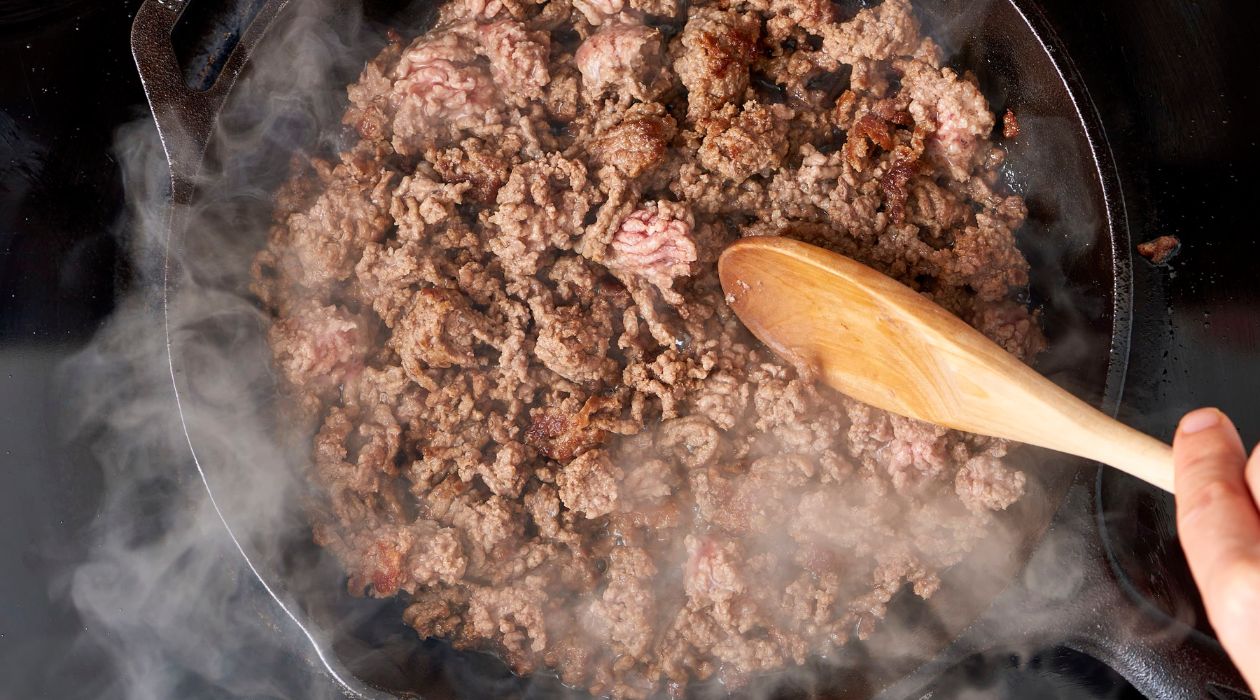
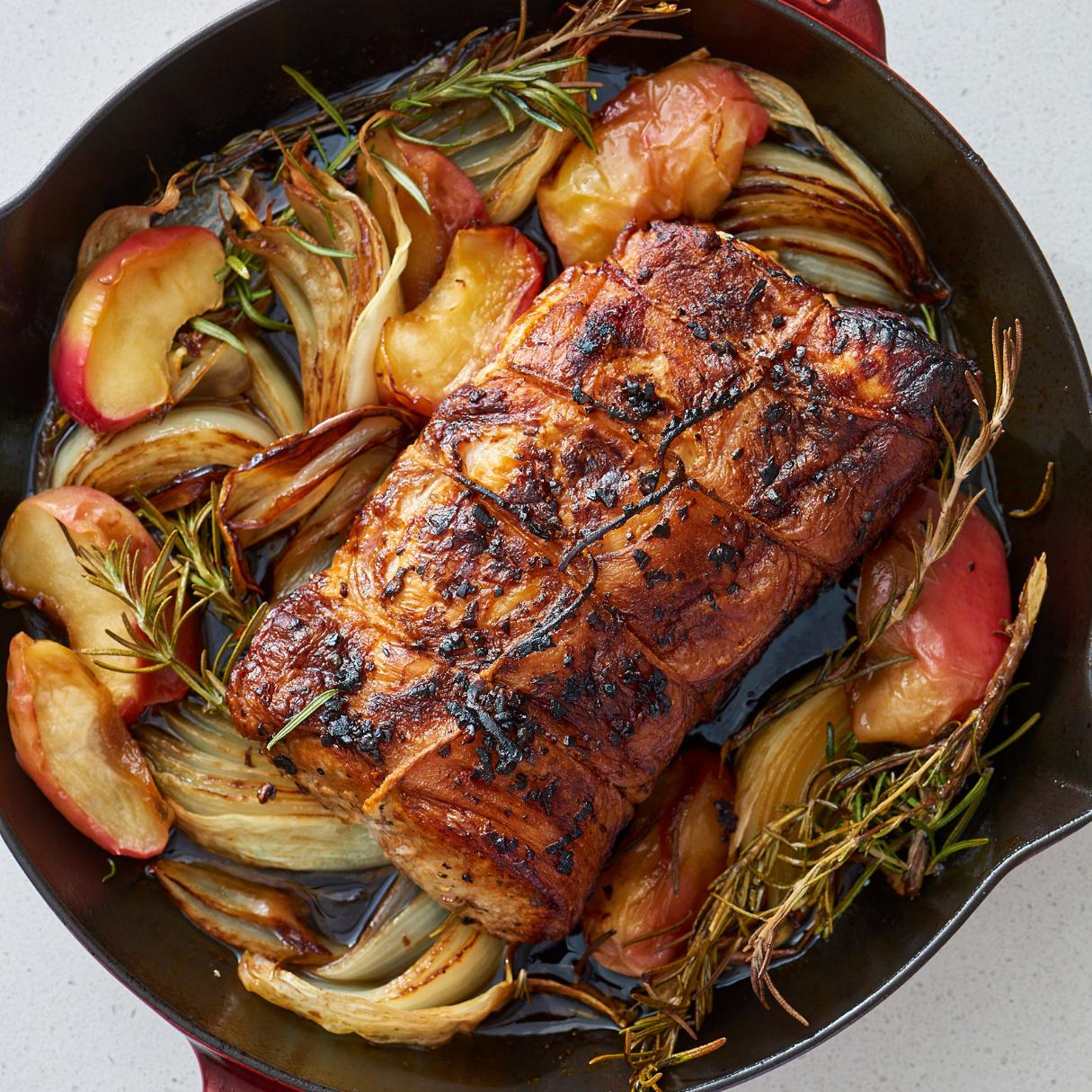
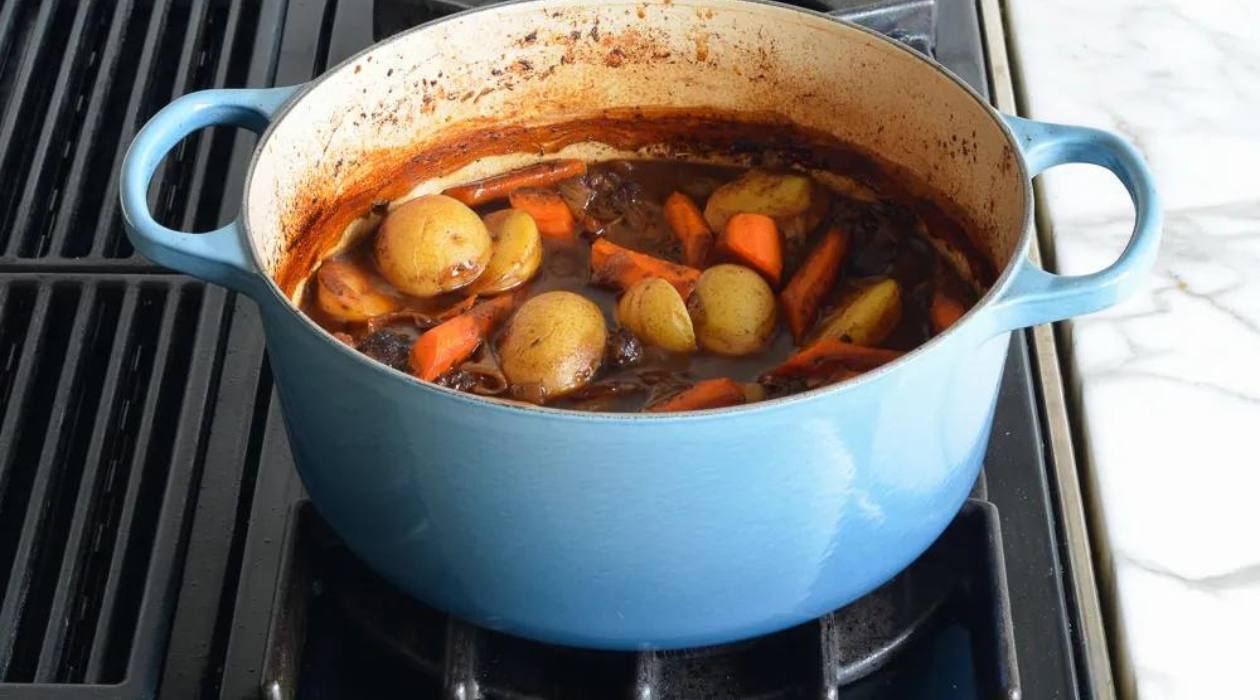
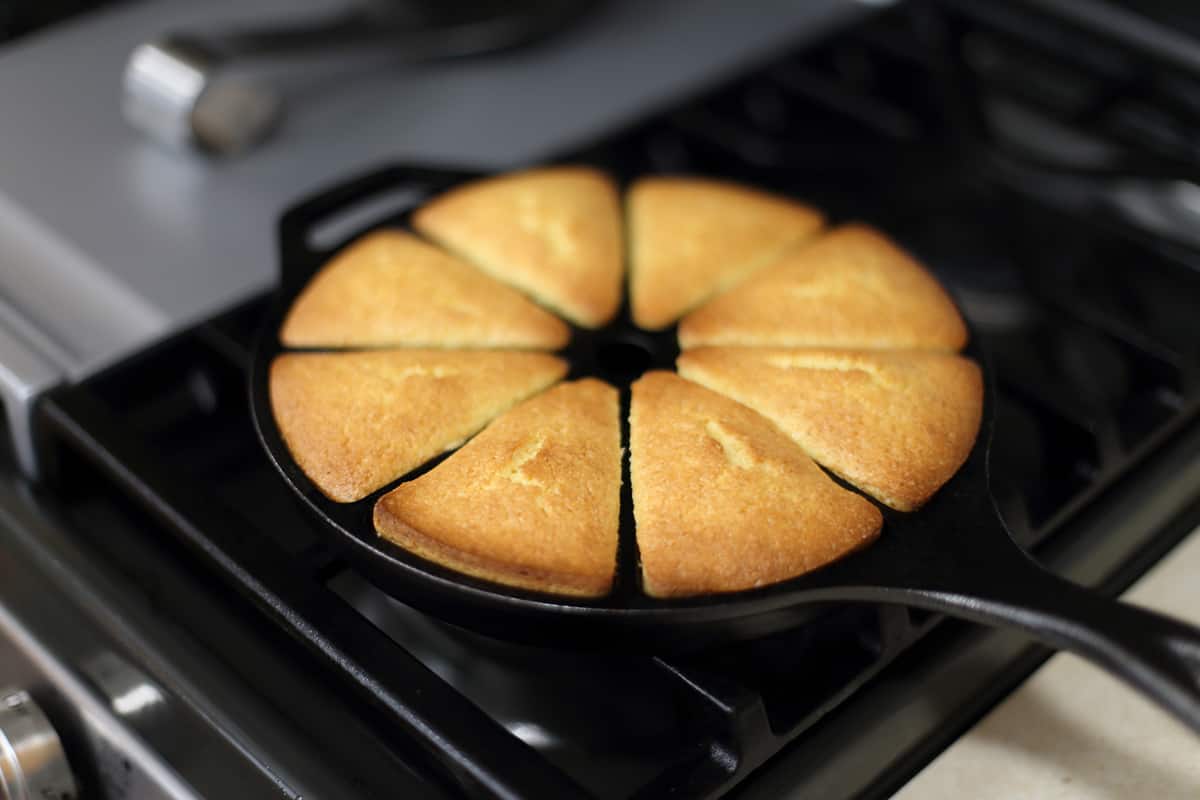
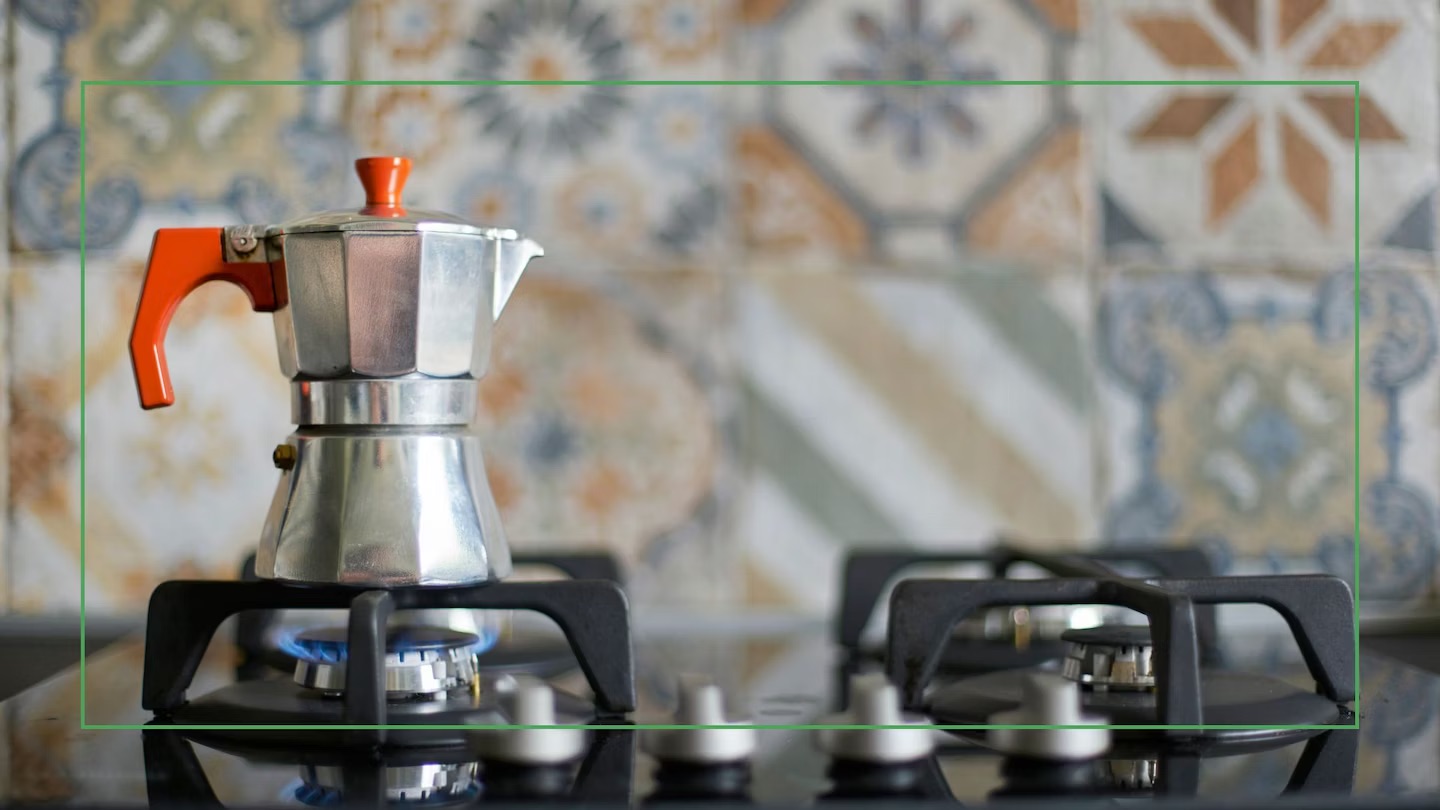
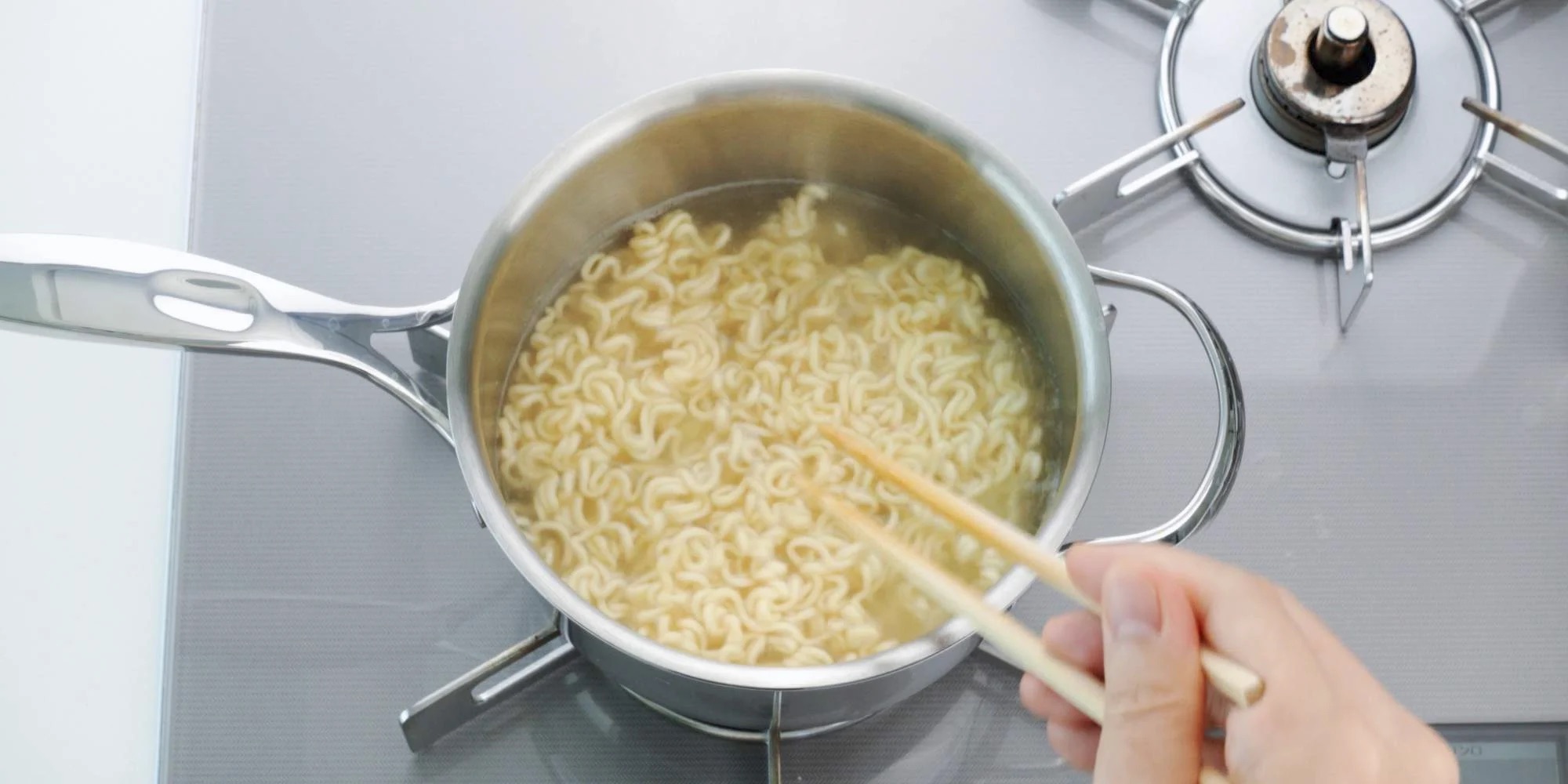
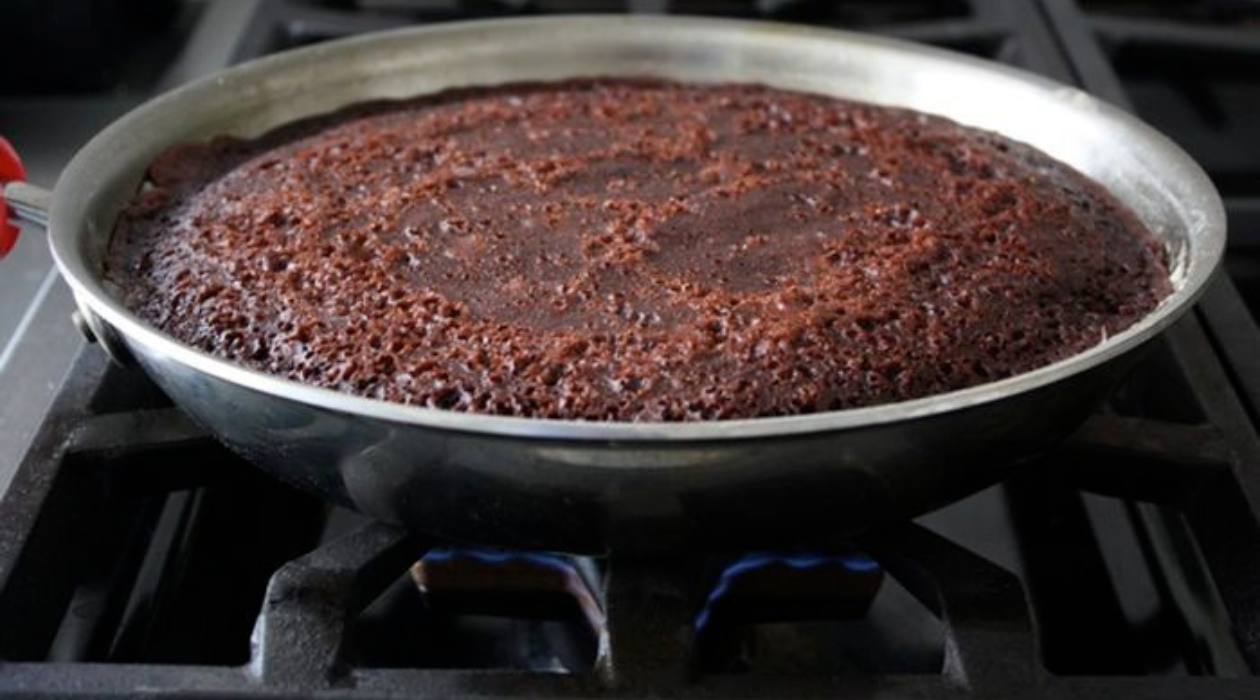
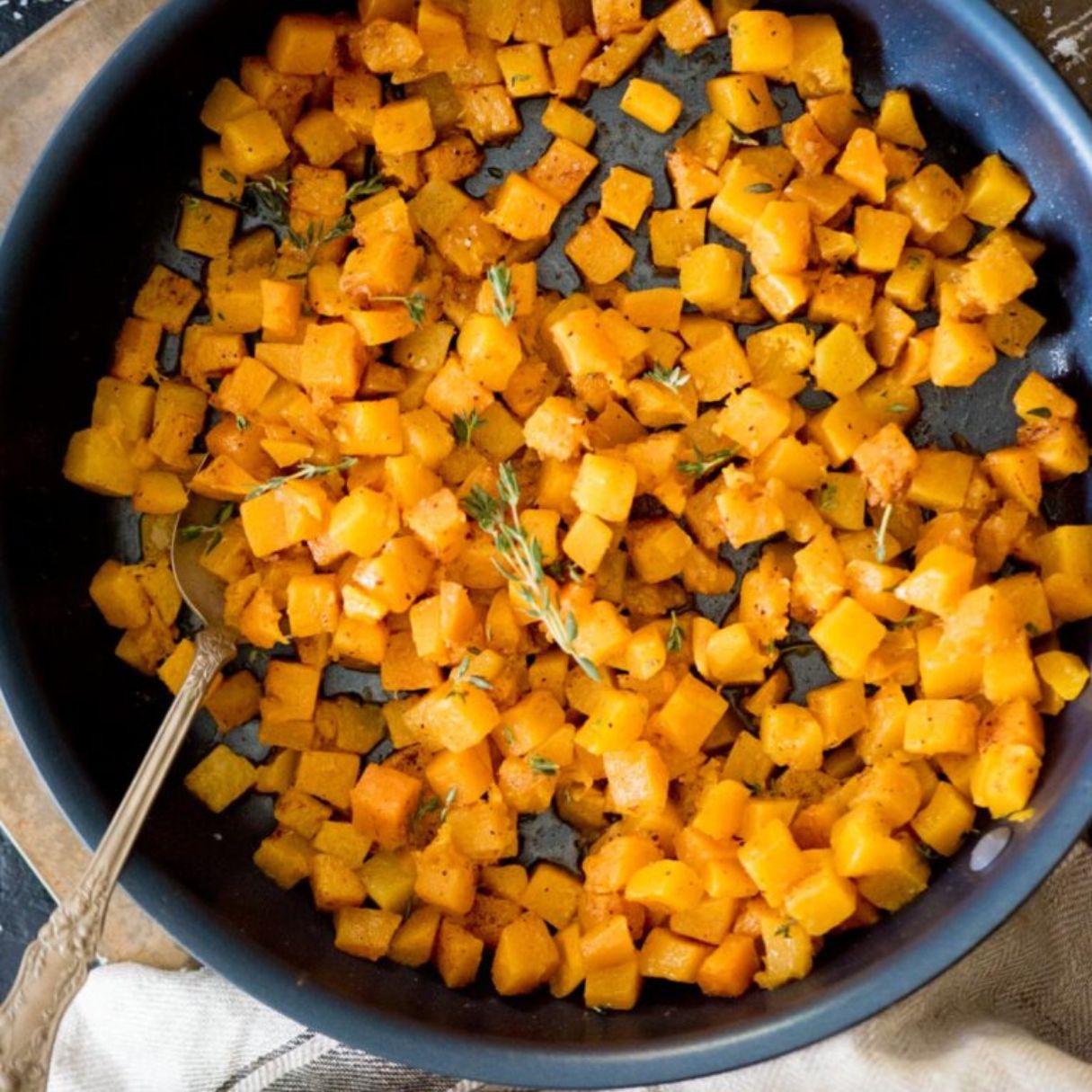
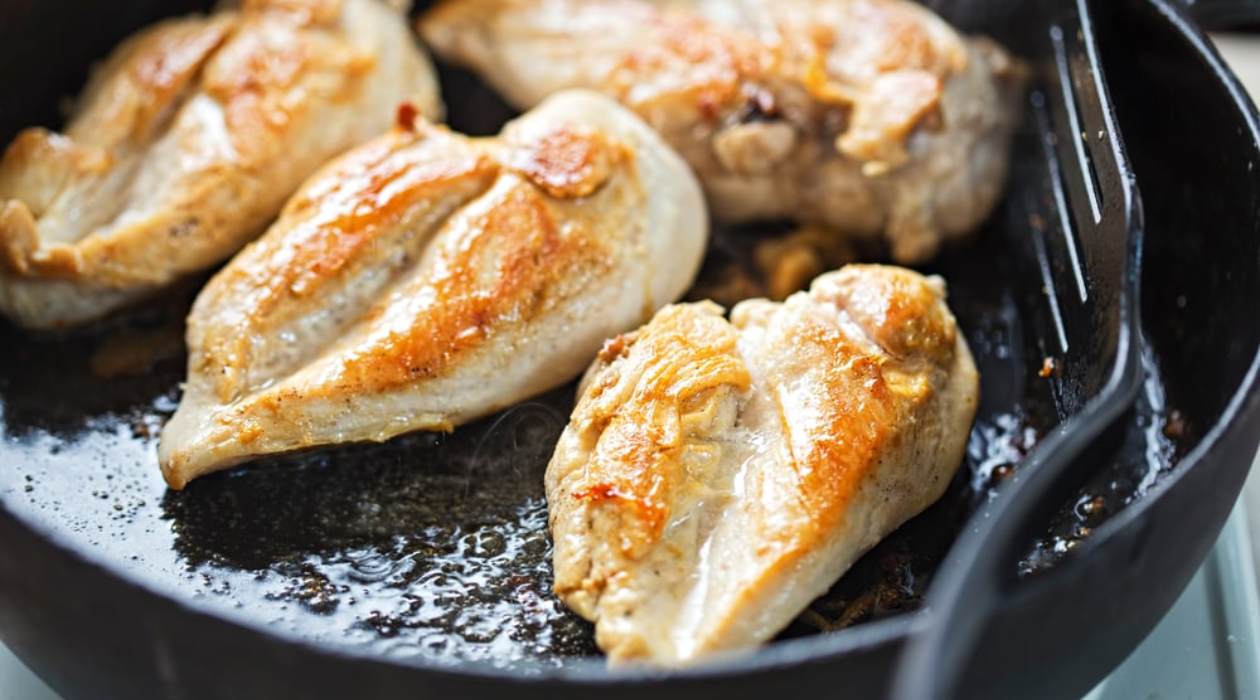
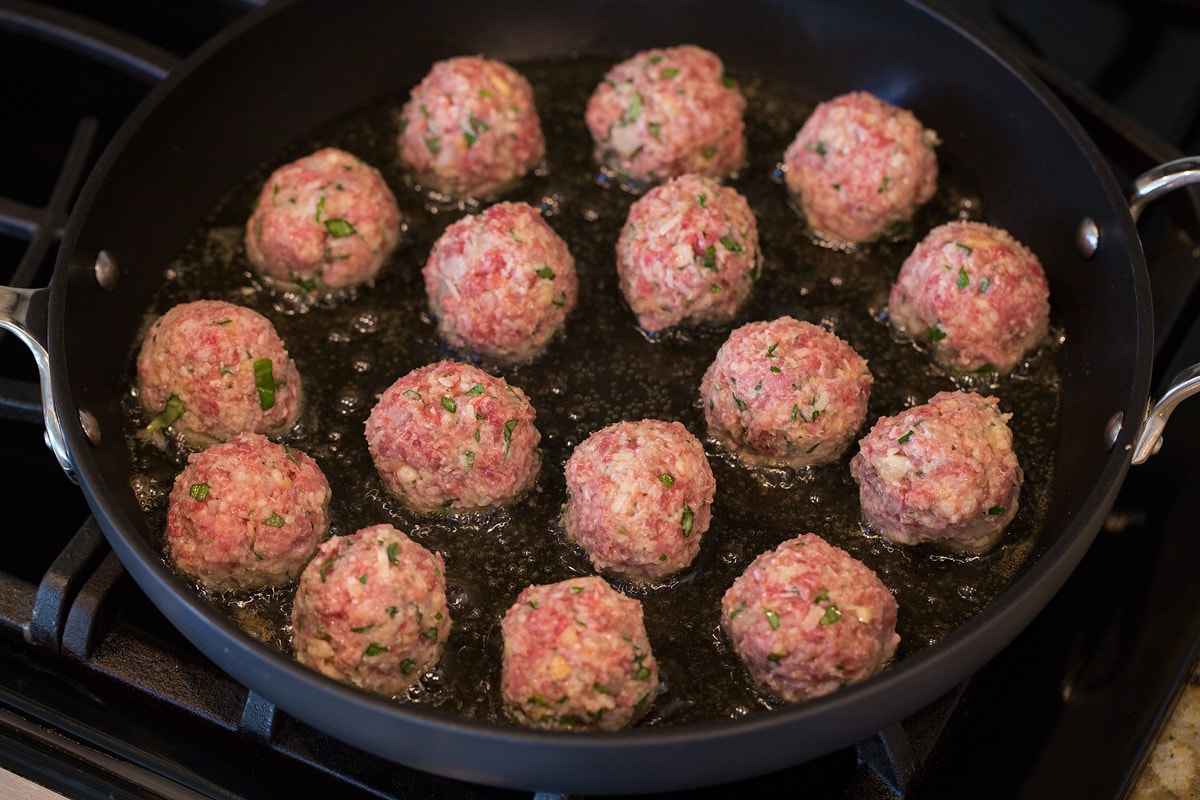
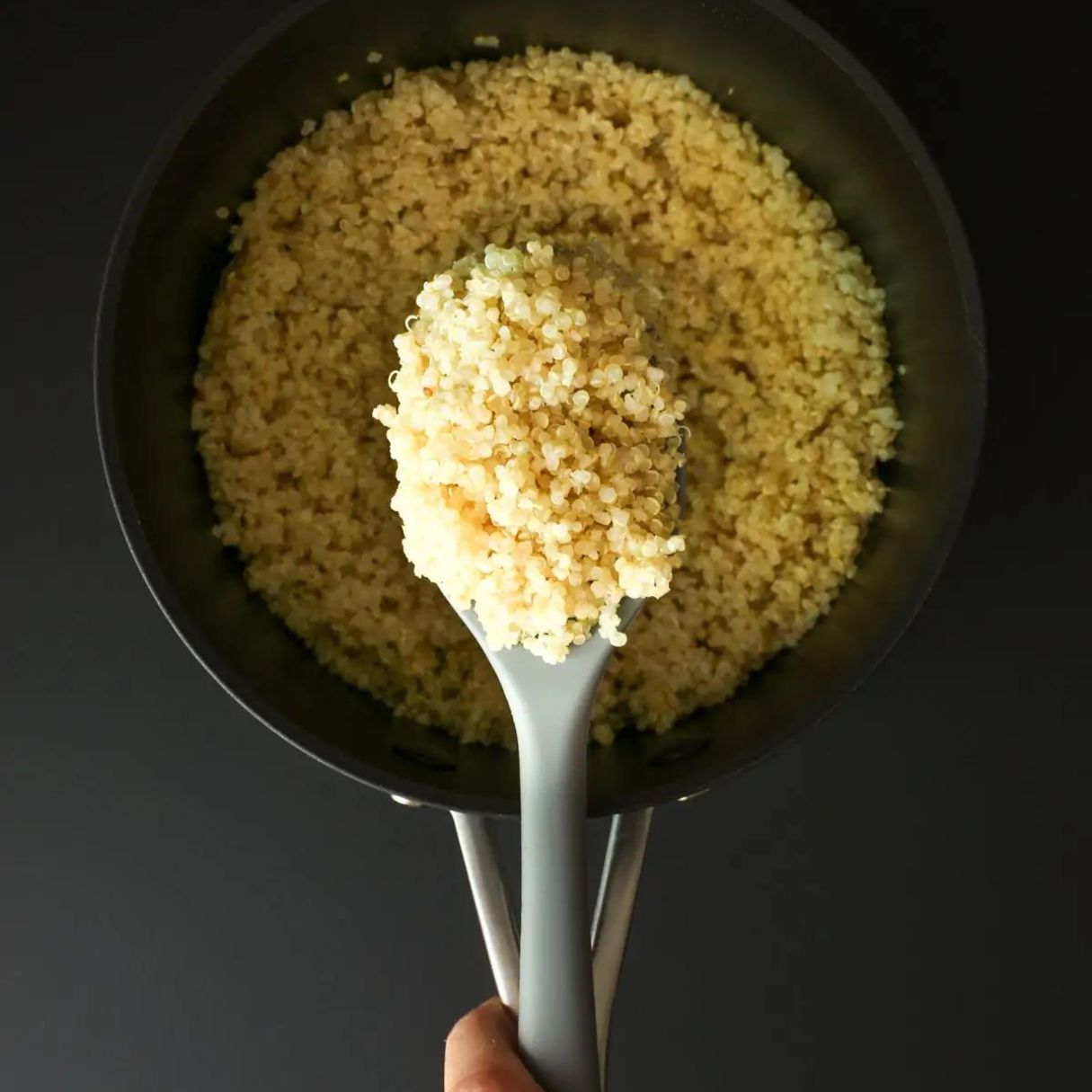
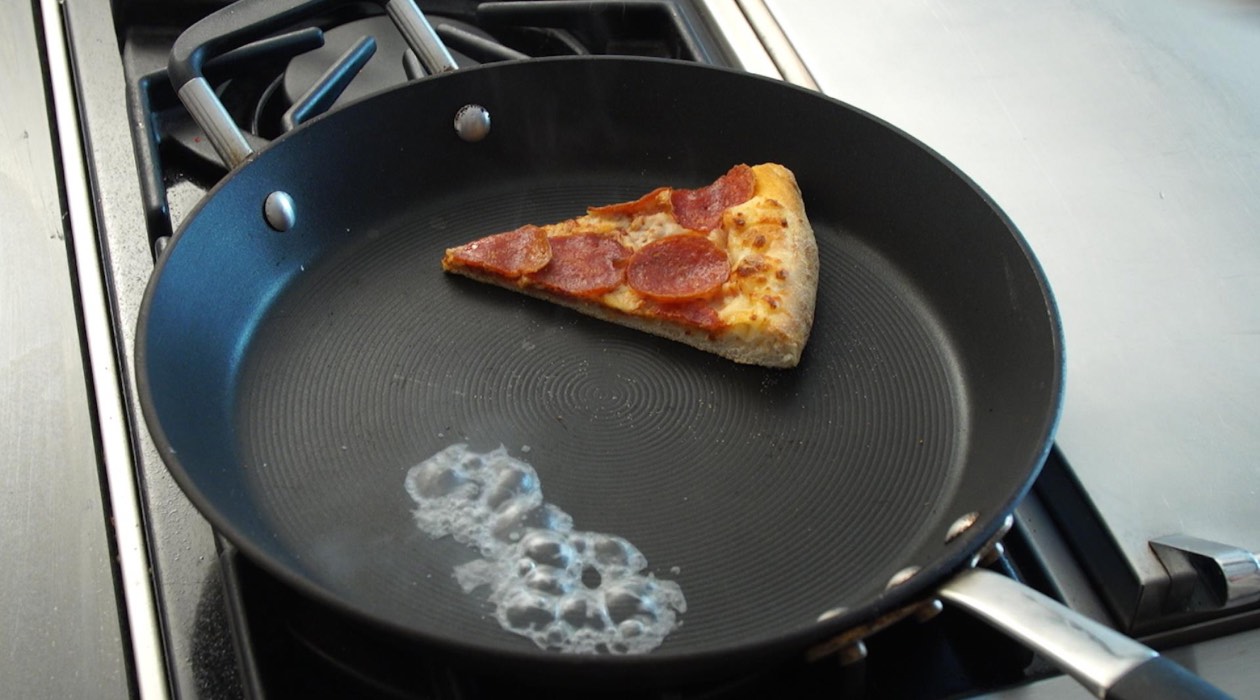
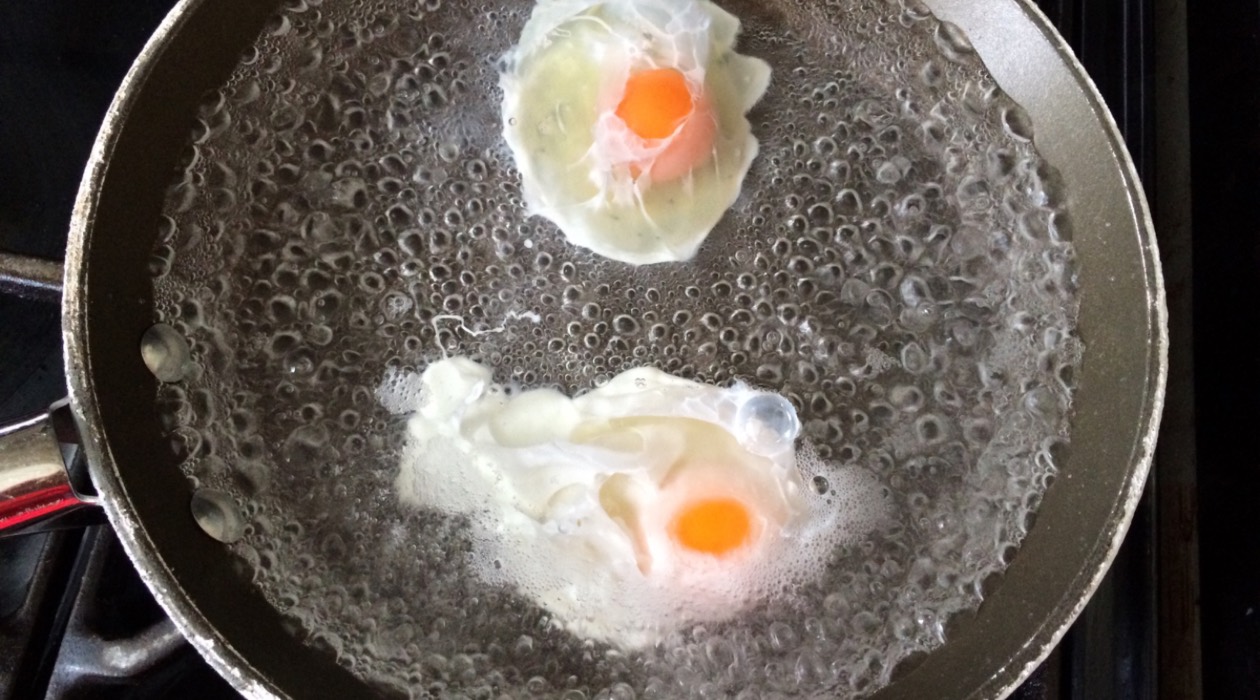
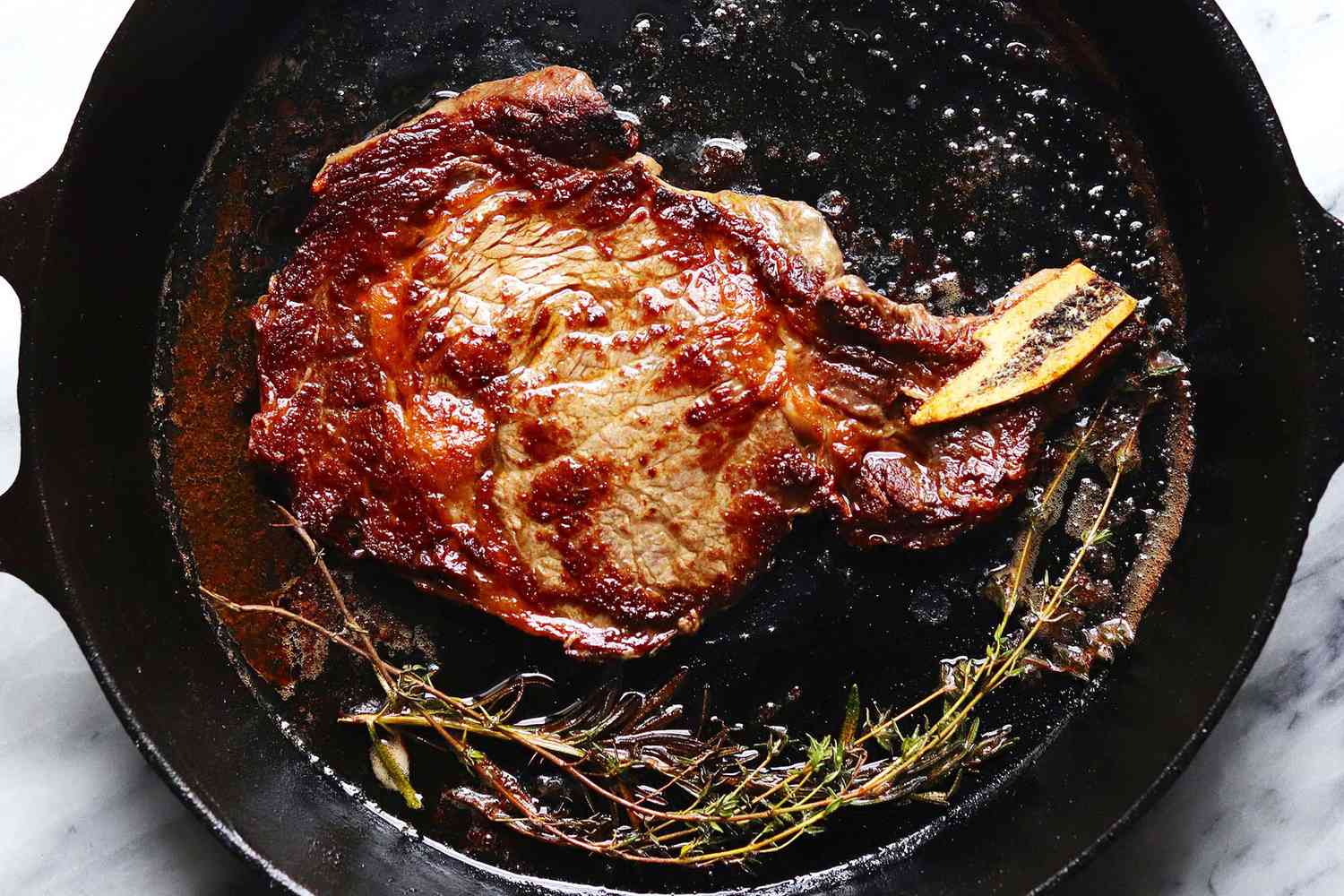

0 thoughts on “How To Cook Beef Roast On Stove Top”